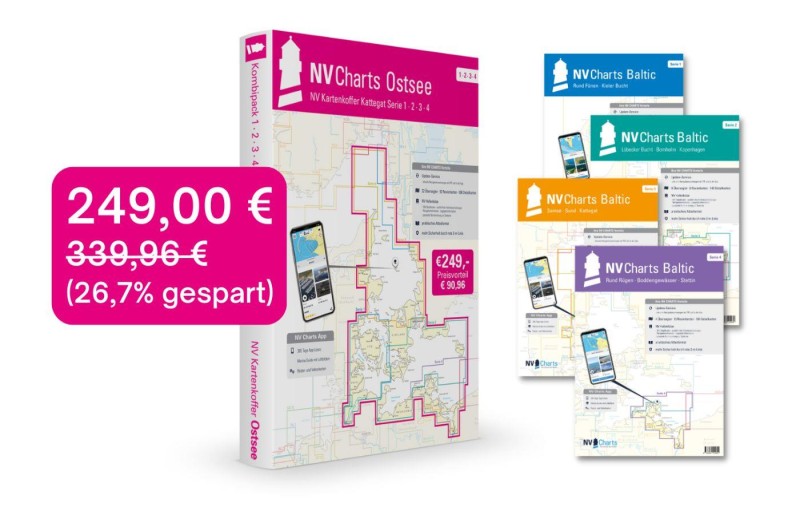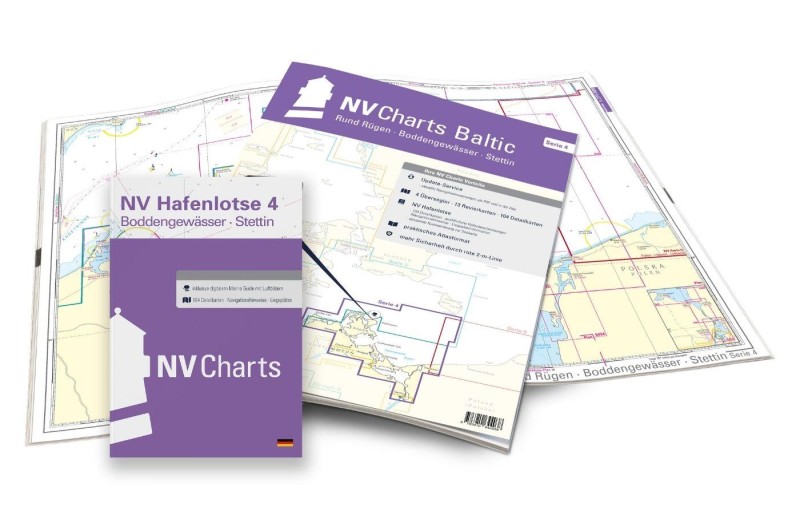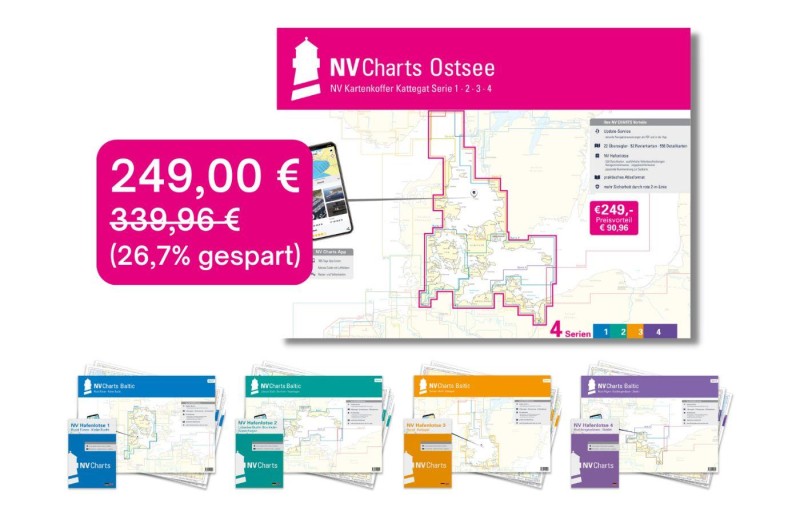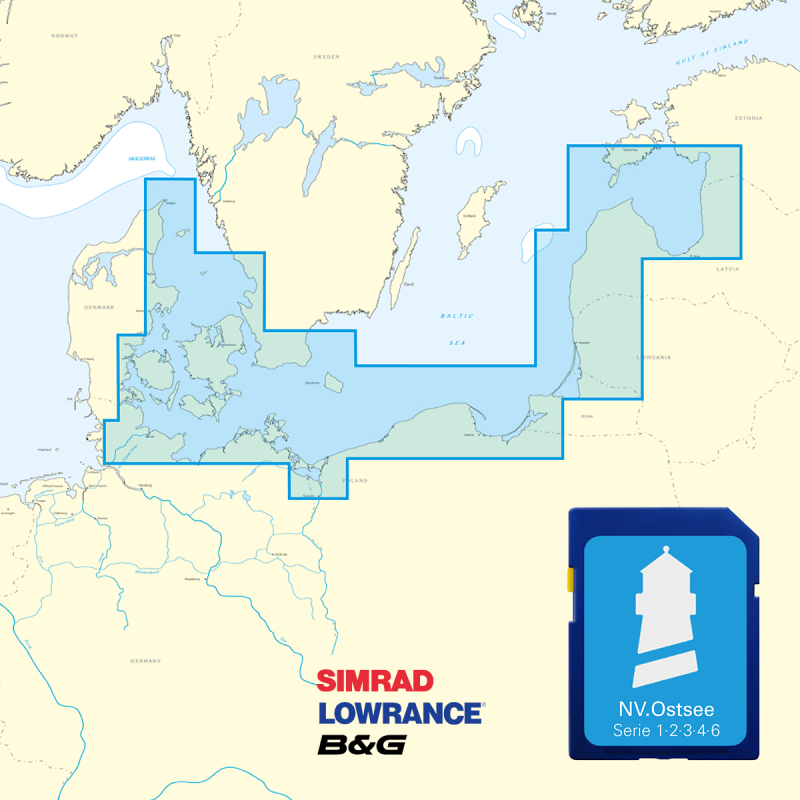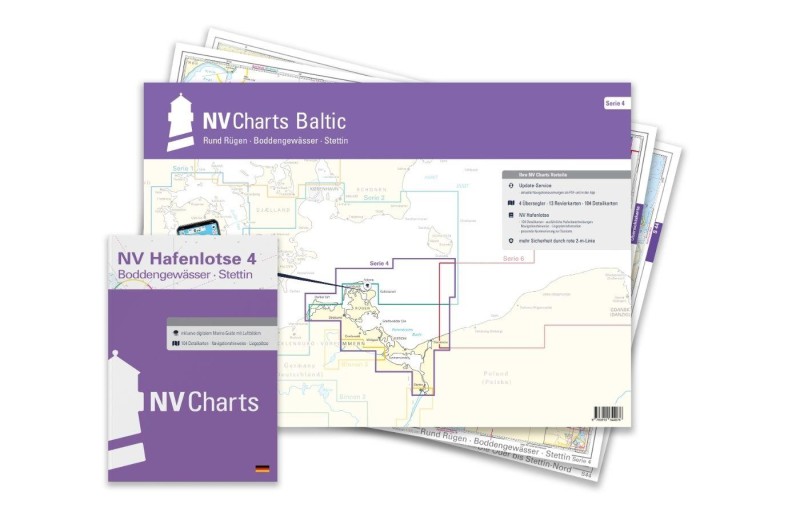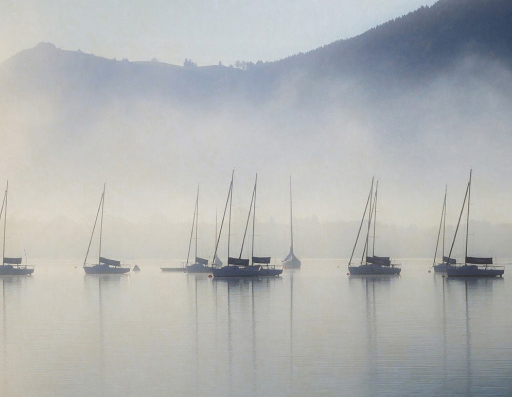Świnoujście / Swinemünde
Marina near Świnoujście (Dzielnica Nadmorska)
Latitude
53° 54’ 48.8” NLongitude
14° 16’ 28.3” EDescription
Large seaport and fishing port of the famous seaside resort at the mouth of the Swine (Świna) arm of the Odra River in Poland.
NV Cruising Guide
Navigation
The approach to the very well lit and buoyed port is unproblematic day and night. However, you should be aware of the heavy traffic of commercial shipping and the ferries that cross the river. Good landmarks are the Swinoujscie lighthouse, visible from afar, and the windmill on the west pier. The current is usually weak outgoing, but can also run in - especially with northwesterly winds - and depending on the wind strength can be up to 4 kn.
Berths
There are three mooring possibilities on the west bank of the Świna:
- In the marina "Four Winds" for smaller boats up to 1.5 m draft (occupied by locals)
- In the "Basen Północny" on about 3.5m water, this port has adjusted to transients
- In the harbor basin northwest of the military port. After consultation with the port authorities, you can find a centrally located but unkempt berth here on the north shore in 2.5 - 3.5m of water. Here the street noise is disturbing.
Surroundings
You can find good utilities in town.
NV Land Guide
Swinemünde presents itself to the visitor divided into two parts. The actual part of the city is located on the island of Usedom, the industrial and port facilities on the island of Wollin. Due to Poland's accession to the Schengen Agreement, the city again increasingly moved into the role of the central place for the Usedom-Wollin region. Tourism is becoming more and more important. Accordingly, there is a lot of activity at the berths in the harbour.
Friders connect the industrial suburb with the city centre, which offers good supply possibilities. Swinoujscie's main sights are an 18th-century sea fortress, which now houses a museum, and the town hall. Because of its brine springs and peat bogs, Swinemünde is popular as a health resort.
Swinemünde was fiercely contested in the last days of World War II, even after the decision in the battle for Berlin had already been made. An Allied attack on the anchored navy claimed some 8000 lives on 12 March 1945, hastily buried at the foot of the gulf along with 15,000 casualties from the battles for the Swine crossing.
Even mines laid at the ferry points across the Świna could no longer prevent the heavily damaged town from falling on 5 May. Hitler's successor, Grand Admiral Dönitz, had set up his last "Führer headquarters" at the Flensburg Fjord.
South of the straightened estuary arms of the Swine, the Kaiserfahrt Canal, up to 150 m wide and 6 km long, begins in the direction of the Haff, enabling large ships to approach Szczecin. Before the canal was built, shipping passed through Lake Vietzig and the estuaries of the Swine. In 1746 the Swine Canal was completed as a forerunner of the Kaiserfahrt Canal. Kaiser Wilhelm later had it extended.
The Swinemünde Lighthouse (Poland's tallest) makes a great destination for an excursion. It was built between 1854 and 1857. The cliffs of the national park on the island of Wollin (east of the port) rise up to 120 metres. With its seabirds nesting in the undergrowth, it is well worth a visit.
On the west pier opposite is the Mühlenbake, built in 1874, a seaside landmark still in use and also a symbol of the town.
Marina Information
Contact
Surroundings
Electricity
Water
Toilet
Shower
Internet
Fuel
Grocery
Ramp
Public Transport
Garbage
Comments
You can add comments with the NV Charts App (Windows - iOS - Android - Mac OSX).
You can download the current version at nvcharts.com/app.
